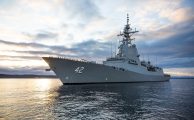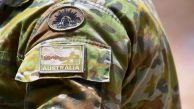
Why was the SR-71 considered to be more difficult to fly than the U-2?
By Rebecca Williams – Quora
The SR-71 was much faster than the U-2, reaching speeds of over Mach 3 at altitudes of over 80,000 feet. This required the pilots to wear special pressure suits and helmets that limited their mobility and vision.
The SR-71 also had a complex engine and inlet system that needed constant monitoring and adjustment to avoid unstarts, which could cause violent yawing and pitching of the aircraft. The SR-71 also had a very narrow margin between its maximum and minimum speed limits, known as the “coffin corner”, which made it vulnerable to stalls and over speeds. The SR-71 pilots had to fly with great precision and concentration to maintain the optimal speed and altitude for their mission.
The SR-71 was more sensitive to the environmental conditions than the U-2. The SR-71 was designed to operate in a high-temperature regime, where the airframe and the fuel tanks would expand and contract due to the frictional heating and cooling. The SR-71 had to take off with a partial fuel load and refuel in mid-air several times during its mission because the fuel tanks would leak on the ground and only seal properly at high temperatures.
The SR-71 also had to deal with the effects of thermal shock, which could cause cracks and failures in the structure and the systems. The SR-71 pilots had to cope with the extreme temperature changes and the potential malfunctions that could occur during their flight.
The SR-71 was more demanding in terms of the physical and mental fitness of the pilots than the U-2. The SR-71 pilots had to undergo rigorous training and selection, as well as regular medical examinations and evaluations. The SR-71 pilots had to endure high levels of stress, fatigue, and noise during their missions, which could last for several hours.
The SR-71 pilots also had to perform complex manoeuvres and evasive actions in case of enemy threats, such as surface-to-air missiles and interceptors. The SR-71 pilots had to be highly skilled and experienced to handle the challenges and risks of flying the fastest and highest aircraft ever built.




